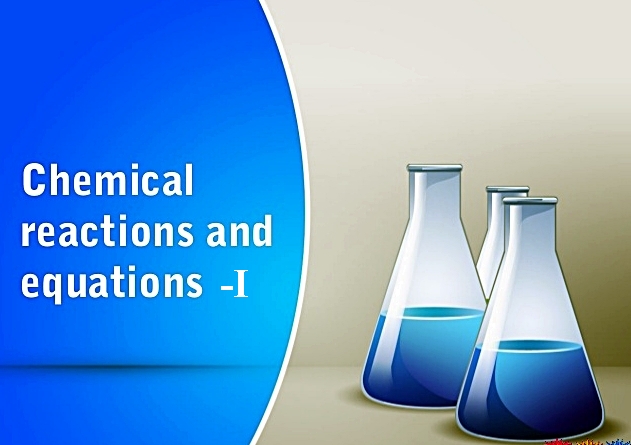Acids, Bases and Salts
Acids: Acids are those chemical substances
which have a sour taste. According to Arrhenius concept, “are substances that
release H+ ions in an aqueous solution”.
Physical Properties of
Acids
1) Acids
have sour taste.
2) Acids
acts as electrolytes (i.e. they conduct electricity in aqueous solution).
3) Acids
are soluble in water.
4) Acids
are corrosive in nature.
Classification of Acids
1) On
the basis of source
i. Inorganic acids – They are prepared from the minerals present in the earth’crust and are also called mineral acids. Example- HCl, HNO3
ii. Organic acids- They are produced by plants and animals. Example, citric acid (lemon), maleic acid (apple), oxalic acid (tomato).
2) On
the Basis of Ionisation
i.
Strong acids – The acids
which ionize completely in an aqueous solution like
inorganic acids.
ii. Weak acids – The acids
which ionise partially or to a lesser extent in an aqueous
solution like
organic acids.
3) On
the basis of the concentration of acid present in aqueous solution
i. Dilute acid – If the
concentration of an acid is low in an aqueous solution, it is called as dilute
acid.
ii. Concentrated acid – if
the concentration of an acid is high, it is called concentrated acid.
Bases:
Bases are those chemical substances which have a bitter taste. According to
Arrhenius concept, “are substances that release OH- ions in an
aqueous solution”.
Physical Properties of
Bases
1) Bases
have bitter taste,
2) Bases
feel soapy to touch.
3) Bases
act as an electrolyte in aqueous solution.
Classification of bases
1) On
the basis of ionisation
i.
Strong bases- The bases
which ionise completely are called strong bases.
For example, KOH, NaOH.
For example, KOH, NaOH.
ii. Weak bases- The bases
which ionise partially are called weak bases.
For example, Ca(OH)2 , Mg(OH)2.
For example, Ca(OH)2 , Mg(OH)2.
Alkali –
Base that dissolves in water is called an alkali. All alkalies are bases, but
all bases are not alkalies.
Indicators – Substances
that changes their colour on adding them into an acid or a basic solution.
i. Natural indicators –
These indicators are found in nature. For example, litmus solution is a purple
colour dye obtained from the lichen plant.
Indicator
|
Colour
in acidic medium
|
Colour
in basic medium
|
Litmus
|
Red
|
Blue
|
Red
cabbage extract
|
Red
|
Green
|
Turmeric
|
Yellow
|
Reddish
|
Flowers
of Hydrangea plant
|
Blue
|
Pink
|
ii.
Synthetic indicators – The
indicators which are synthesised in the lab.
Indicator
|
Colour
in acidic medium
|
Colour
in basic medium
|
Phenolphthalein
|
Colourless
|
Pink
|
Methyl
orange
|
Red
|
Yellow
|
iii.
Olfactory indicators –
Those substances whose odour changes in acidic or basic
medium.
Olfactory
indicator
|
Acid
medium
|
Basic
medium
|
Onion
|
Characteristics
smell
|
No
smell
|
Vanilla
Essence
|
Retains
smell
|
No
smell
|
Clove
oil
|
Retains
smell
|
Loses
smell
|
Prepared by Ms. Priti Maan











1 Comments
Play Slots for Fun in Macau - Mapyro
ReplyDeleteThis 시흥 출장마사지 website 제천 출장샵 uses cookies. See what's available in our cookie settings to 순천 출장마사지 improve your experience. 여주 출장안마 By continuing to use 청주 출장안마 this website you consent to this